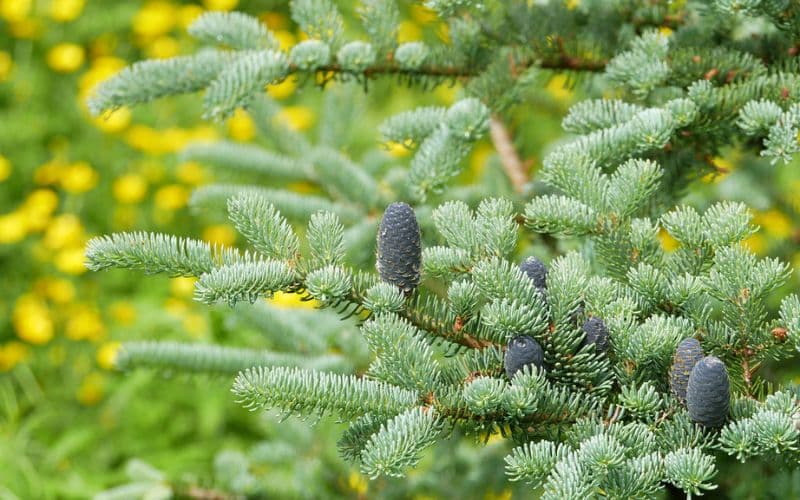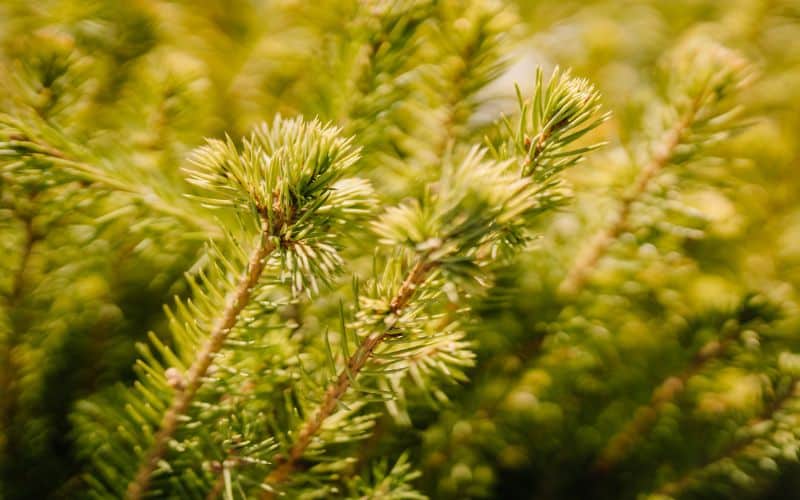
Why is Black Spruce So Special in Ontario’s Forestry?
The Black Spruce! Far from being just another tree in the forest, this remarkable conifer is a symbol of resilience and adaptability. It’s the unsung hero of Ontario’s boreal forest, quietly playing a vital role in the ecosystem while standing tall against the elements. Whether you’re an outdoor enthusiast or a casual nature lover, chances are you’ve crossed paths with this iconic tree. So what exactly elevates the Black Spruce from common to extraordinary? Let’s explore this captivating tale of survival and significance.
What is Picea Mariana? The Science Behind Black Spruce
Picea Mariana, commonly known as Black Spruce, is a coniferous tree that thrives in the northern regions of North America. This slow-growing spruce can live up to 200 years, making it a long-standing member of the boreal forest community. Its scientific name, Picea Mariana, gives a nod to its genus and specific location, but for most of us, it’s simply known as the Black Spruce.
Where Does Black Spruce Thrive? Unpacking its Habitat
When it comes to habitat, the Black Spruce is quite the adaptable tree. It can grow in poorly drained areas like swamps and bogs, but it’s also found in better-drained soils. This spruce doesn’t just survive; it thrives in these varying conditions. It’s a hardy tree that seems to have a knack for making the best of a bad situation.
How Does Black Spruce Contribute to Ontario’s Boreal Forest?
The Black Spruce isn’t just a tree; it’s a bustling community center for the boreal forest’s wildlife. Think of it as the neighborhood hub where everyone—from the industrious squirrel foraging for cones to the elusive woodland caribou seeking refuge—comes to hang out. This tree doesn’t just exist; it contributes, enriching its ecosystem in myriad ways. It’s the cornerstone species that sets the stage for a vibrant, interconnected community, making the boreal forest a livelier and more resilient place.

What Are the Unique Features of a Black Spruce Cone?
The cones of the Black Spruce—a marvel of natural engineering. While they may be smaller than those of their White Spruce cousins, they pack a punch in terms of functionality. These cones are designed with a unique shape that serves a critical purpose: seed dispersal. But here’s the kicker—they’re especially adept at this during wildfires. That’s right, even when faced with the destructive force of fire, these cones seize the opportunity to release their seeds, ensuring the next generation of Black Spruce trees. It’s as if the tree has its own built-in fire escape plan, making these cones not just unique but downright ingenious.
Twig Talk: Understanding the Anatomy of Black Spruce
Let’s get up close and personal with the twigs of the Black Spruce, shall we? These twigs are far from ordinary; they’re like the Swiss Army knife of tree anatomy. Covered in unique, scaly patterns, they serve a vital function: water retention. Imagine being in a swamp where, paradoxically, water can be scarce. These twigs act like mini-reservoirs, storing water for those not-so-rainy days. It’s a brilliant adaptation that allows the Black Spruce to thrive in environments where other trees might throw in the towel.
Facts About Black Spruce: What Makes it Stand Out?
Now, let’s talk about the spruce budworm. This little critter is the stuff of nightmares for most spruce species, but not for our resilient Black Spruce. Instead of falling victim to this insect, the Black Spruce has found a way to coexist with it. How, you ask? Well, it’s all in the tree’s natural defenses and growth patterns, which seem to deter the budworm’s destructive tendencies. It’s like the tree has its own built-in pest control, making it not just resilient but also a master of peaceful coexistence. This relationship is a fascinating example of how the Black Spruce stands out in the forest, not just as a survivor but as a tree that knows how to live harmoniously with its surroundings.
How Does the Ministry of Natural Resources Manage Black Spruce?
When it comes to the stewardship of Black Spruce, Ontario’s Ministry of Natural Resources isn’t just sitting on its hands. Recognizing the tree’s pivotal role in the boreal forest, the Ministry employs a comprehensive approach to its management. We’re talking about sustainable forestry practices that go beyond mere conservation. The focus is on a balanced ecosystem where Black Spruce can continue to flourish without depleting resources. From controlled burns to selective harvesting, the Ministry employs a range of techniques to ensure the long-term health and vitality of this iconic tree. It’s a multi-faceted approach that aims to preserve not just the Black Spruce but the entire ecosystem it supports.

What Role Does Black Spruce Play in Traditional Practices?
The Black Spruce isn’t just a staple in our modern-day forests; it’s a tree steeped in tradition and history. For generations, indigenous communities have turned to this versatile tree for more than just its aesthetic appeal. Its pulp, rich in medicinal properties, has been a go-to remedy for various ailments. But the tree’s utility doesn’t stop there. Its sturdy branches have been skillfully used in the construction of shelters, fish traps, and even canoes. It’s as if the Black Spruce is a living archive, storing centuries of traditional wisdom within its rings and branches. This tree isn’t just a part of the landscape; it’s a part of the cultural fabric that makes Ontario so rich and diverse.
Sustainable Forestry: How is Black Spruce Managed for the Future?
When it comes to sustainable forestry, the Black Spruce is more than just a poster child; it’s an active participant in shaping a greener future for Ontario. This isn’t a tree that’s merely harvested and forgotten. Oh no, it’s part of a holistic approach that maximizes utility while minimizing waste. From its cones, which are meticulously collected for seed propagation, to its pulp, which finds its way into eco-friendly paper products, every part of the Black Spruce is put to good use. This comprehensive utilization ensures that the tree continues to be a renewable resource, contributing to both the economy and the environment. It’s a win-win scenario that sets the standard for how forestry can be both profitable and sustainable.
Conclusion: Why Should You Care About Black Spruce in Ontario?
So why should you care about Black Spruce? Well, it’s not just a tree; it’s a symbol of resilience, an essential part of the ecosystem, and a key player in sustainable forestry. Whether you’re an avid hiker, a budding botanist, or someone who simply appreciates the beauty of nature, the Black Spruce has something to offer. It’s a tree that stands tall, not just in the physical sense but also as a vital part of Ontario’s natural heritage.








